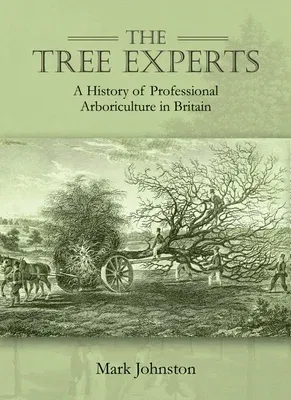Trees are now in the public eye as never before. The threat of tree
diseases, the felling of street trees, and the challenge of climate
change are just some of the issues that have put trees in the media
spotlight. At the same time, the trees in our parks, gardens, and
streets are a vital resource that can deliver environmental, social, and
economic benefits that make our towns and cities attractive, green, and
healthy places.
Ever since Roman times when amenity trees were first planted in Britain,
caring for those trees has required specialist skills. This is mainly
because of the challenges of successfully integrating large trees into
the urban environment and the risks involved in working with them, often
at height and in close proximity to people, buildings and roads. But who
are the people with the specialist expertise to care for our amenity
trees? While professionals such as horticulturists, landscape
architects, conservationists and foresters have a role to play, it is
the arboriculturists who are the 'tree experts'. For centuries
arboriculture was often synonymous with forestry or considered an aspect
of horticulture, until it emerged in the nineteenth century as a
separate discipline. There are now some 22,000 people employed in
Britain's arboricultural industry, including practical tree surgeons and
arborists, local authority tree officers, and arboricultural
consultants.
This is the first book to trace the history of Britain's professional
tree experts, from the Roman arborator to the modern chartered
arboriculturist. It also discusses the influences from continental
Europe and North America that have helped to shape British arboriculture
over the centuries. The Tree Experts will have particular appeal to
those interested in the natural and built environment, heritage
landscapes, social history, and the history of gardening.

